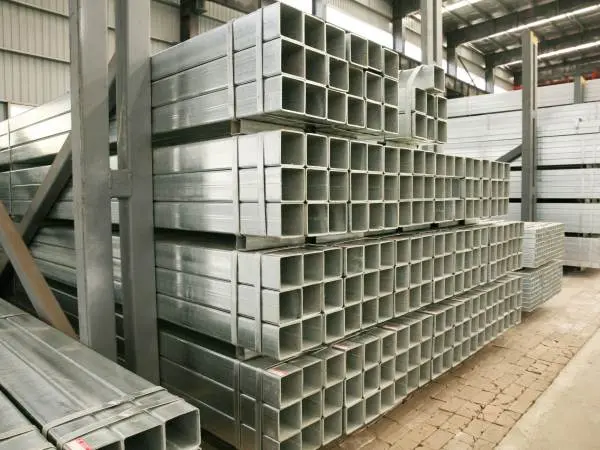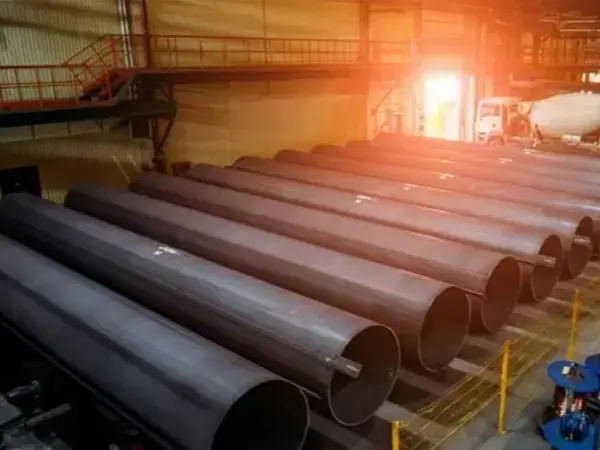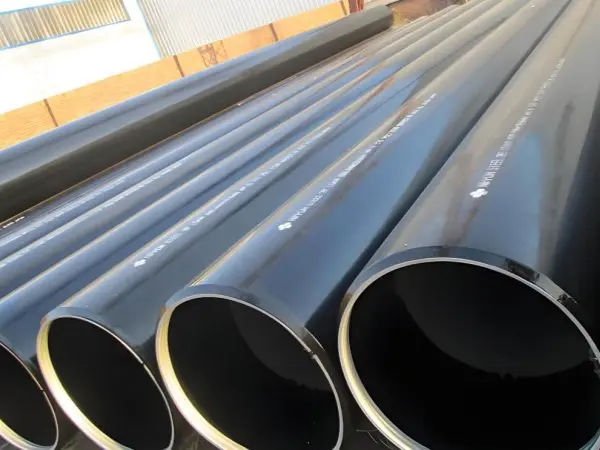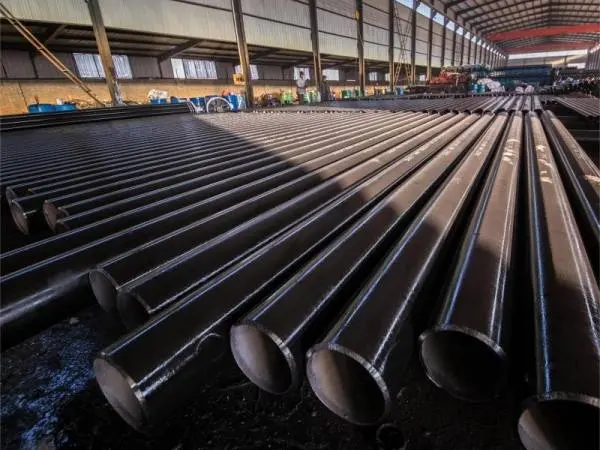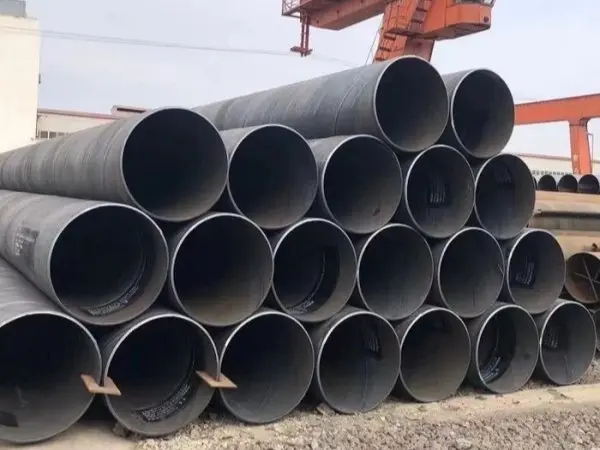- Phone0086 731 8564 8255
- E-mailsales@cscsteel-manufacturing.com
-

The HSN (Harmonized System of Nomenclature) is a globally standardized coding system used by customs authorities to classify goods in a uniform manner. It plays a vital role in streamlining international trade, facilitating commodity classification, customs clearance, taxation, and trade statistics.
For carbon steel pipes, accurate identification of the HSN code is essential to ensure smooth and compliant import and export procedures. The HSN code typically consists of ten digits, each segment representing specific attributes of the product. Correctly assigning the HSN code not only helps customs officials identify goods quickly but also supports efficient trade operations and regulatory compliance.
Continental Steel Co., Ltd is professional carbon steel welded pipe manufacturer, for more details, please contact:sales@cscsteel-manufacturing.com
Key Factors Influencing the HSN Code of Carbon Steel Pipes
Material Composition
The chemical makeup of the pipe, especially carbon content and the presence of minor alloying elements (e.g., manganese, silicon), directly affects HSN classification. For instance, mild carbon steel and high-carbon steel may fall under different code categories. Pipes with alloying elements added for performance enhancement may also be classified differently from standard carbon steel.
Manufacturing Method
Whether the pipe is seamless or welded is a major classification factor. Even within welded pipes, differences in welding techniques (e.g., arc welding, electroslag welding) and post-weld treatments (e.g., heat treatment) can influence the HSN code designation.
Dimensional Specifications
The outer diameter and wall thickness are key specifications considered in classification. Pipes within certain dimensional ranges may be assigned separate codes to support customs in managing product categories and trade volume statistics more effectively.
Intended Application
Pipes designed for special purposes—such as those used in pressure systems, heat exchangers, or structural applications—are often assigned unique HSN codes due to their stringent technical requirements. This distinction helps customs agencies apply appropriate import controls, tariffs, and tracking measures.
HSN Code Classification of Carbon Steel Pipes
|
HSN code |
Commodity name |
Declaration elements |
|
7304592000 |
Carbon steel welded steel pipe |
Specification (outer diameter), use, material, processing method |
|
7304900000 |
Carbon steel pipe |
Specification (outer diameter), use, material, processing method |
|
7305110000 |
Carbon steel oil pipeline pipe |
Specification (outer diameter), use (oil or gas pipeline), material, processing method |
Declaration Elements for the Import and Export of Carbon Steel Pipes
In international trade, declaration elements are a core component of customs inspection and clearance. For carbon steel pipes, accurate and complete declaration not only facilitates smooth customs processing but also ensures compliance with regulatory requirements. Below are the key elements that must be included in the declaration process:
1. Brand Type
Clarify whether the product is from a well-known brand or a private label. Recognized brands often carry higher market value and influence customs' valuation. Accurate brand disclosure supports transparency and price verification.
2. Export Preferences
Indicate whether the shipment is eligible for preferential treatment under trade agreements. With the rise of regional and bilateral free trade agreements (FTAs), declaring such benefits helps apply for tariff reductions or exemptions.
3. Specifications
Provide detailed technical specifications, including outer diameter and wall thickness. These factors directly impact the pipe’s pressure capacity and application, and are crucial for classification and tax assessment.
4. Intended Use
Specify the actual application, such as for boilers, oil or gas pipelines, structural use, or construction. Customs relies on this information to determine product classification and the applicable duty rate.
5. Material Composition
Indicate whether the material is carbon steel or alloy steel. The presence of alloying elements (e.g., Cr, Mo, Ni) influences the mechanical properties and market value of the pipes, and therefore their customs treatment.
6. Manufacturing Process
Declare the production method, such as hot-rolled, cold-drawn, cold-rolled, or welded. Different processes affect the pipe’s quality, cost, and classification, which are essential for accurate customs coding.
7. Additional Identifiers
Include relevant global identifiers such as:
GTIN (Global Trade Item Number): Used for product identification in global supply chains.
CAS (Chemical Abstracts Service) Number: Helps customs identify the chemical composition when applicable, especially for coated or treated steel.
Conclusion
Ensuring accurate declaration of brand, material, processing method, specifications, and usage—as well as correctly applying the HSN code—is vital for the efficient and compliant import/export of carbon steel pipes. Understanding these key elements minimizes the risk of delays, penalties, and additional costs during customs clearance, helping businesses maintain a competitive edge in global trade.
